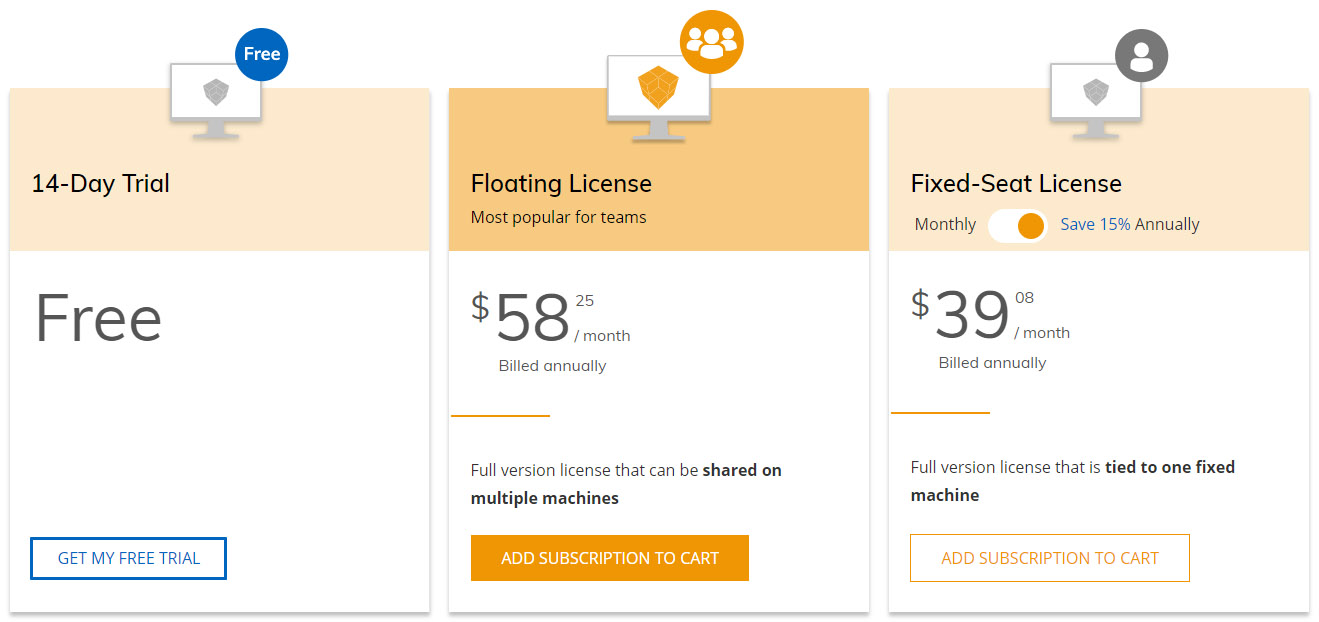


This included videos, high quality stills, 360 panoramas and standalones (rendered. And, as the visual quality increased dramatically, including support for Nvidia RTX real time ray tracing, a much stronger emphasis was placed on deliverables. It added support for ArchiCAD, Rhino, SketchUp and Vectorworks.

In the years that followed the product grew massively in terms of capability. Design visualisation really had become part of the design process. Most impressively, it maintained a live link, so any edits made in Revit, be that moving objects or changing materials, automatically updated in Enscape moments later.Īt a time when other real-time viz applications were still grappling with file-based transfer, this was truly ground-breaking. Simply push a button on the Revit plug-in and seconds later the model appeared in Enscape. The Enscape application was essentially a real-time window into your BIM model. With very little effort you could go from Revit to Enscape and explore the nicely rendered model on a desktop display and inside VR. We’ve been big fans of the real-time rendering and VR software since the 1.8 release when we tested it out for this ‘Revit to VR’ feature.īack then, the software was incredibly easy to use, and that’s what made it so appealing. Greg Corke explores Enscape 3.0.įor readers of AEC Magazine, Enscape probably needs little introduction. With usability now driving its development, the popular real time visualisation tool has finally broken free of the BIM plug-in shackles that originally brought it success.


 0 kommentar(er)
0 kommentar(er)
